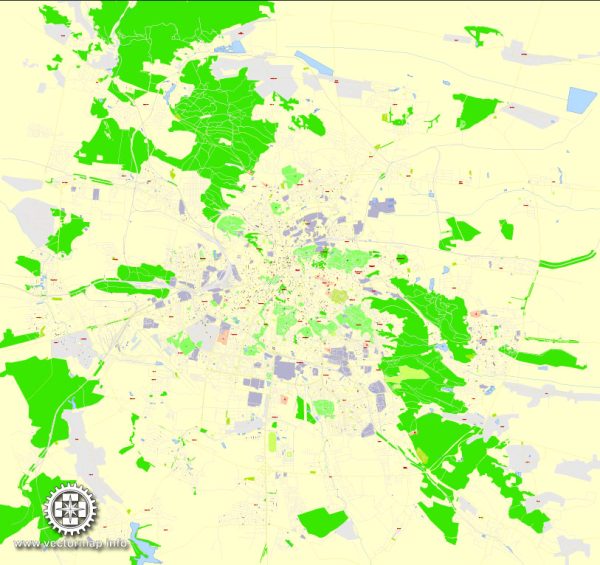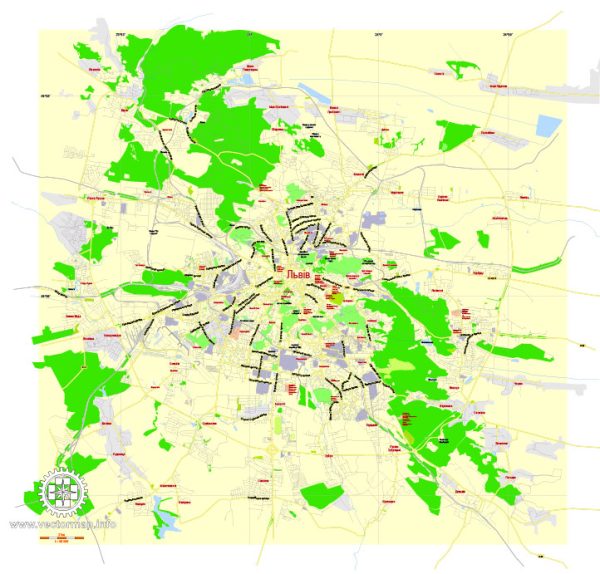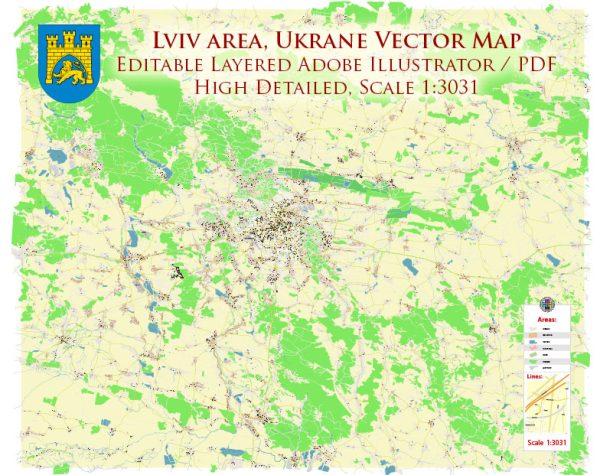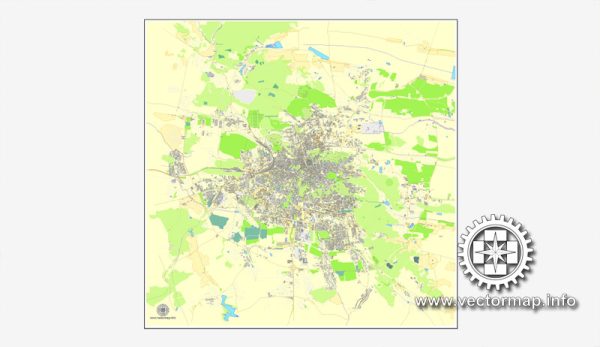Lviv, located in western Ukraine, has a rich history of urban development that spans over many centuries. The city’s origins date back to the 13th century when it was founded by King Daniel of Galicia and named after his son, Lev. Over the years, Lviv has been shaped by various historical, cultural, and architectural influences.
- Medieval Period (13th-17th centuries):
- Foundation: Lviv was founded in 1256 and quickly became an important trade and cultural center in Eastern Europe.
- Architectural Style: The city’s medieval architecture was influenced by Gothic and Renaissance styles. The prominent example is the Latin Cathedral, built in the 14th century.
- Defensive Structures: Lviv was fortified with walls and towers to protect against invasions. Some remnants of these fortifications still exist today.
- Polish-Lithuanian Commonwealth Era (14th-18th centuries):
- Cultural Hub: Lviv became a major center of Polish culture and science during this period. The city’s university, founded in 1661, played a crucial role in intellectual development.
- Architectural Flourishing: The Renaissance and Baroque styles influenced the architecture of churches, palaces, and public buildings. Notable examples include the Dominican Church and the Bernardine Church.
- Habsburg Monarchy (18th-19th centuries):
- Habsburg Rule: After the partitions of Poland, Lviv came under Austrian rule in 1772. The Habsburgs brought their own architectural style and administrative structures to the city.
- Neo-Classical Influence: Neo-Classical architecture gained prominence during this period, evident in buildings like the Potocki Palace and the Lviv Opera House.
- Interwar Period (1918-1939):
- Independent Poland: After World War I, Lviv became part of independent Poland. The city continued to develop, and modernist influences emerged in some architectural projects.
- Soviet Era (1939-1991):
- World War II: Lviv experienced significant damage during World War II. The Jewish population, once a vibrant part of the city, was decimated during the Holocaust.
- Soviet Urban Planning: The post-war period saw Soviet urban planning principles applied to Lviv, including the construction of residential blocks and industrial zones.
- Post-Soviet Independence (1991-Present):
- Restoration and Preservation: With Ukraine gaining independence in 1991, efforts were made to restore and preserve the city’s historical heritage. The Old Town of Lviv is now a UNESCO World Heritage site.
- Tourism and Economic Development: Lviv has become a popular tourist destination, attracting visitors with its well-preserved historical architecture, vibrant cultural scene, and diverse culinary offerings.
Throughout its history, Lviv has endured various challenges and changes, yet its unique blend of architectural styles and cultural influences has contributed to its distinct identity as a European city with a rich historical and architectural heritage.





 Author: Kirill Shrayber, Ph.D.
Author: Kirill Shrayber, Ph.D.